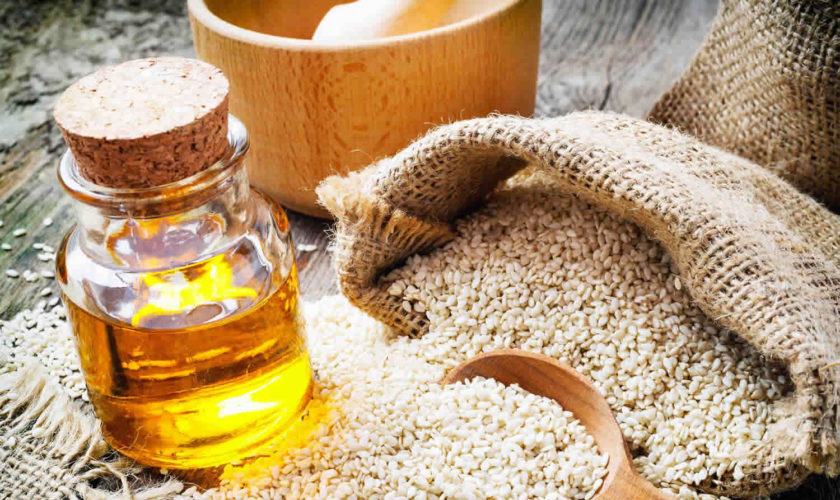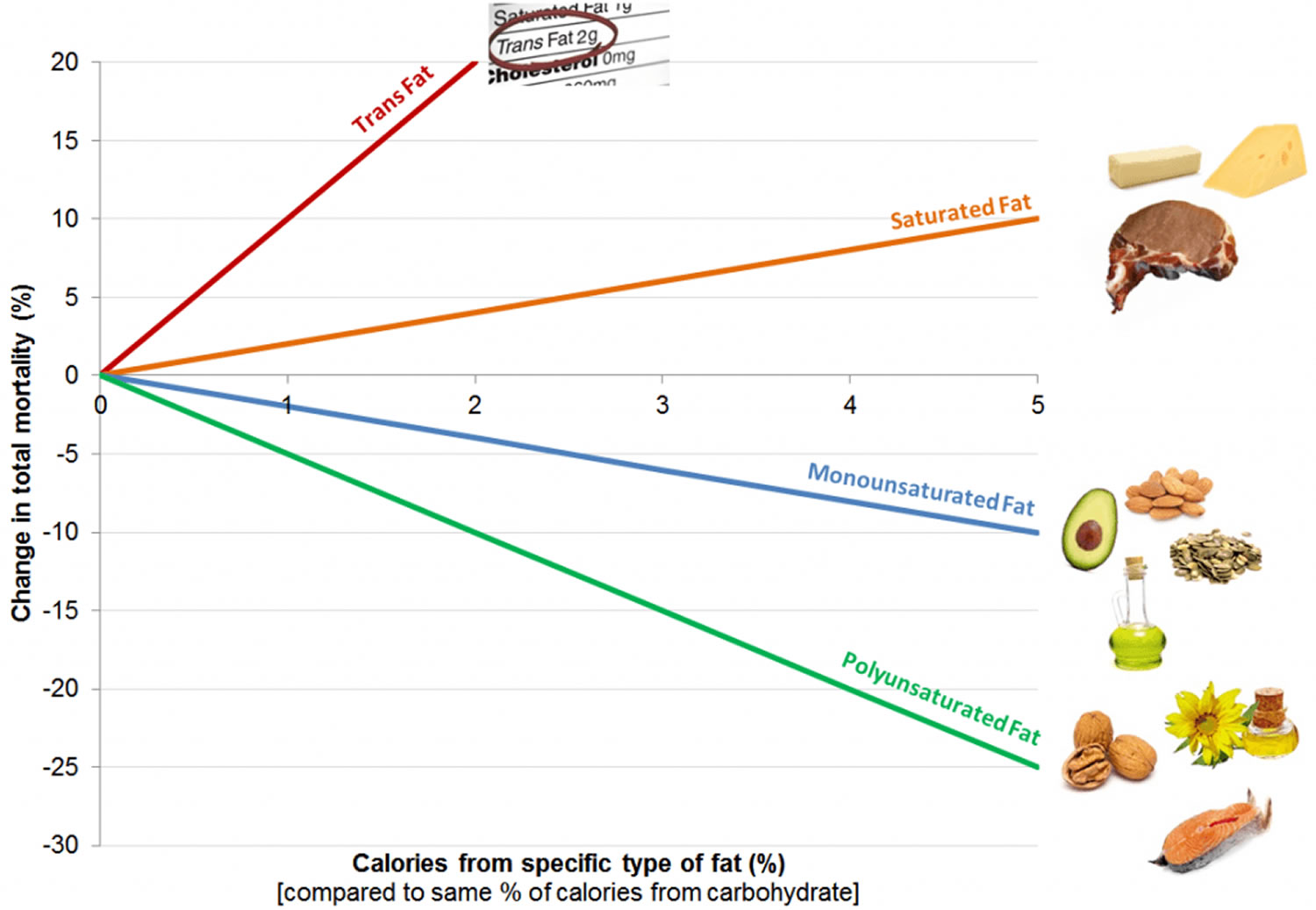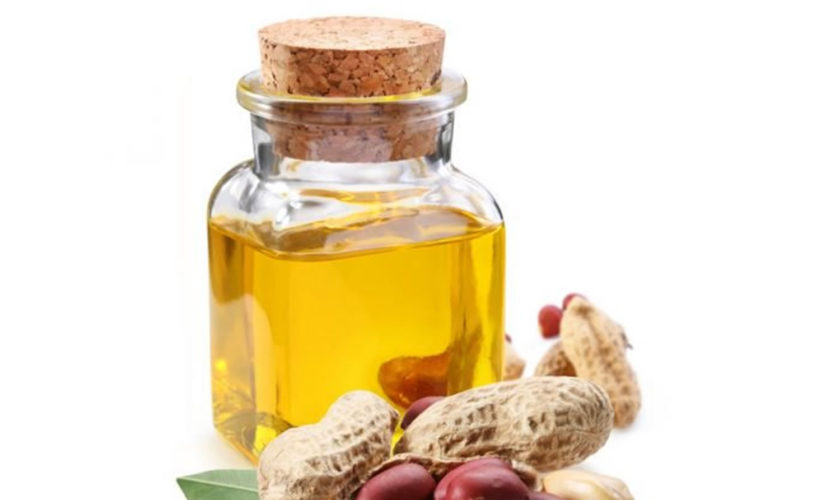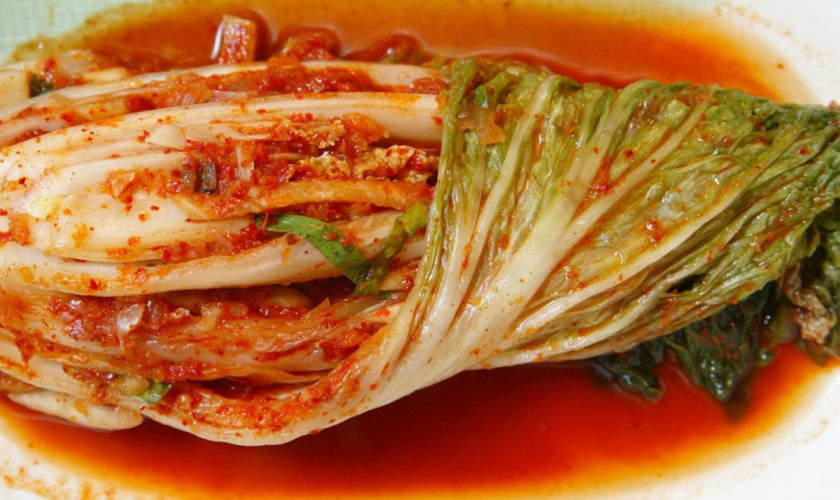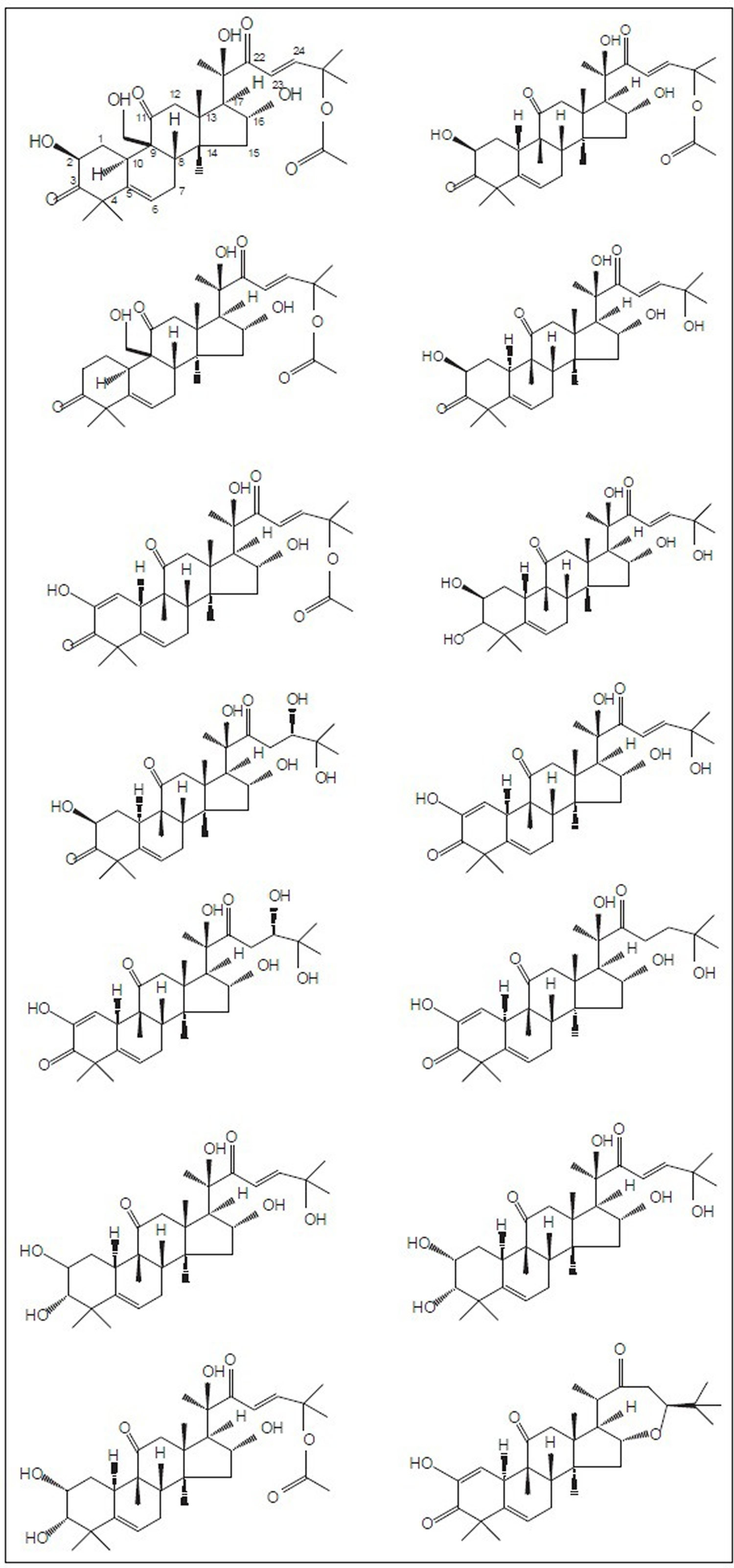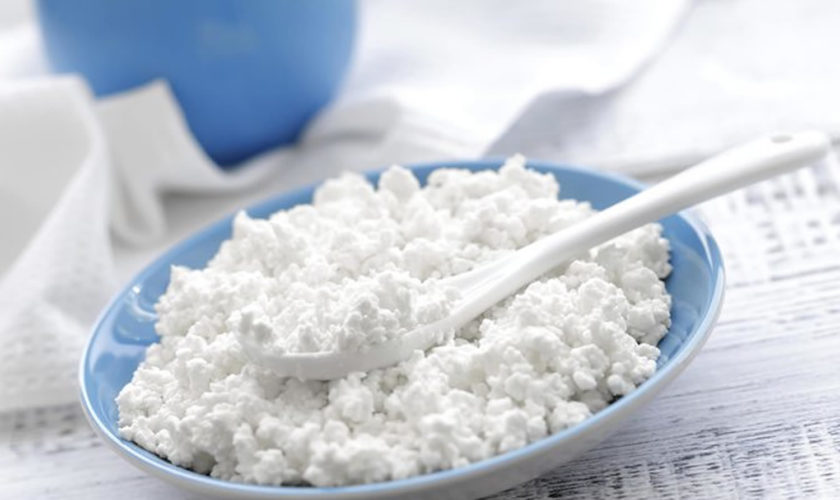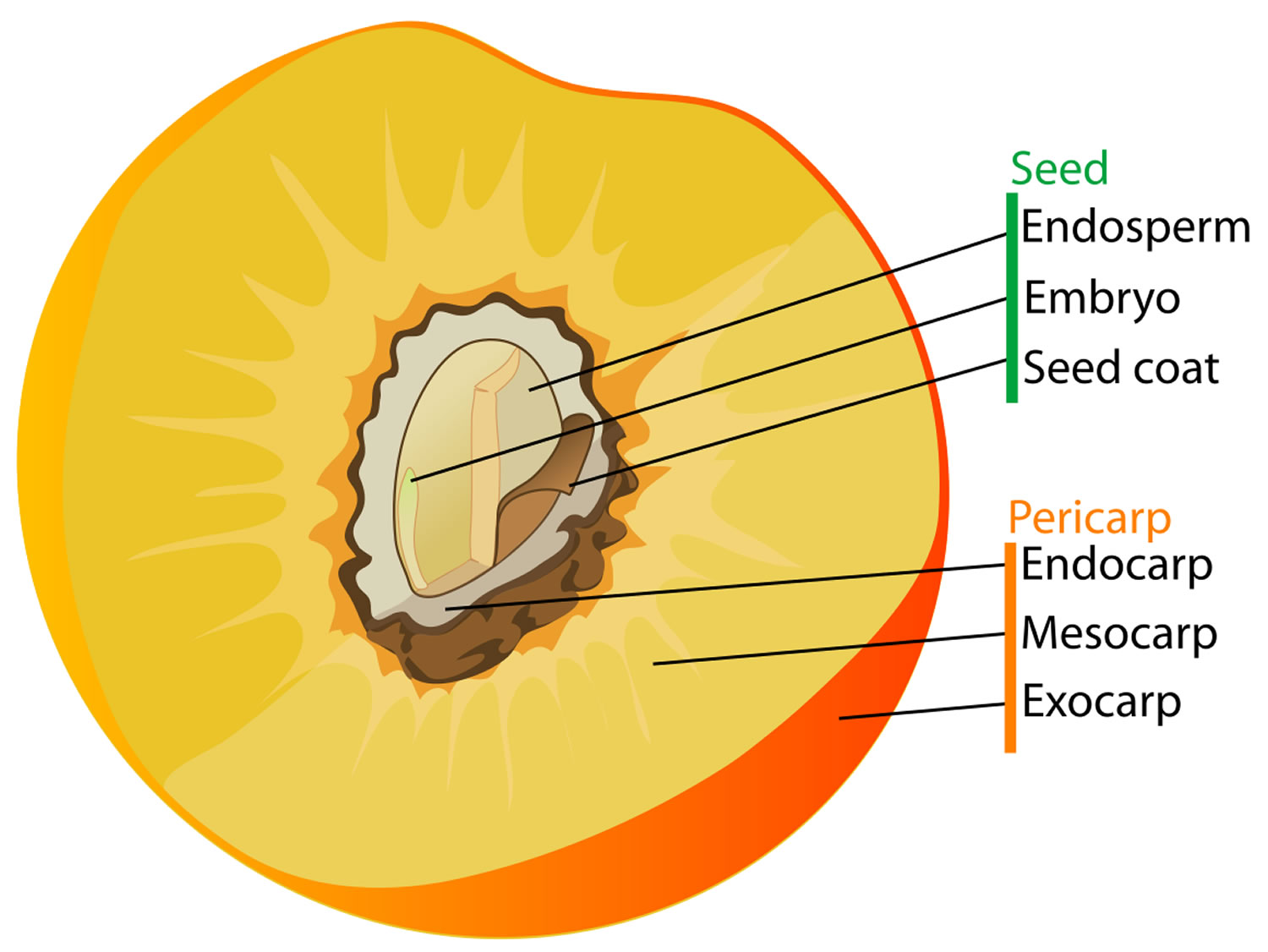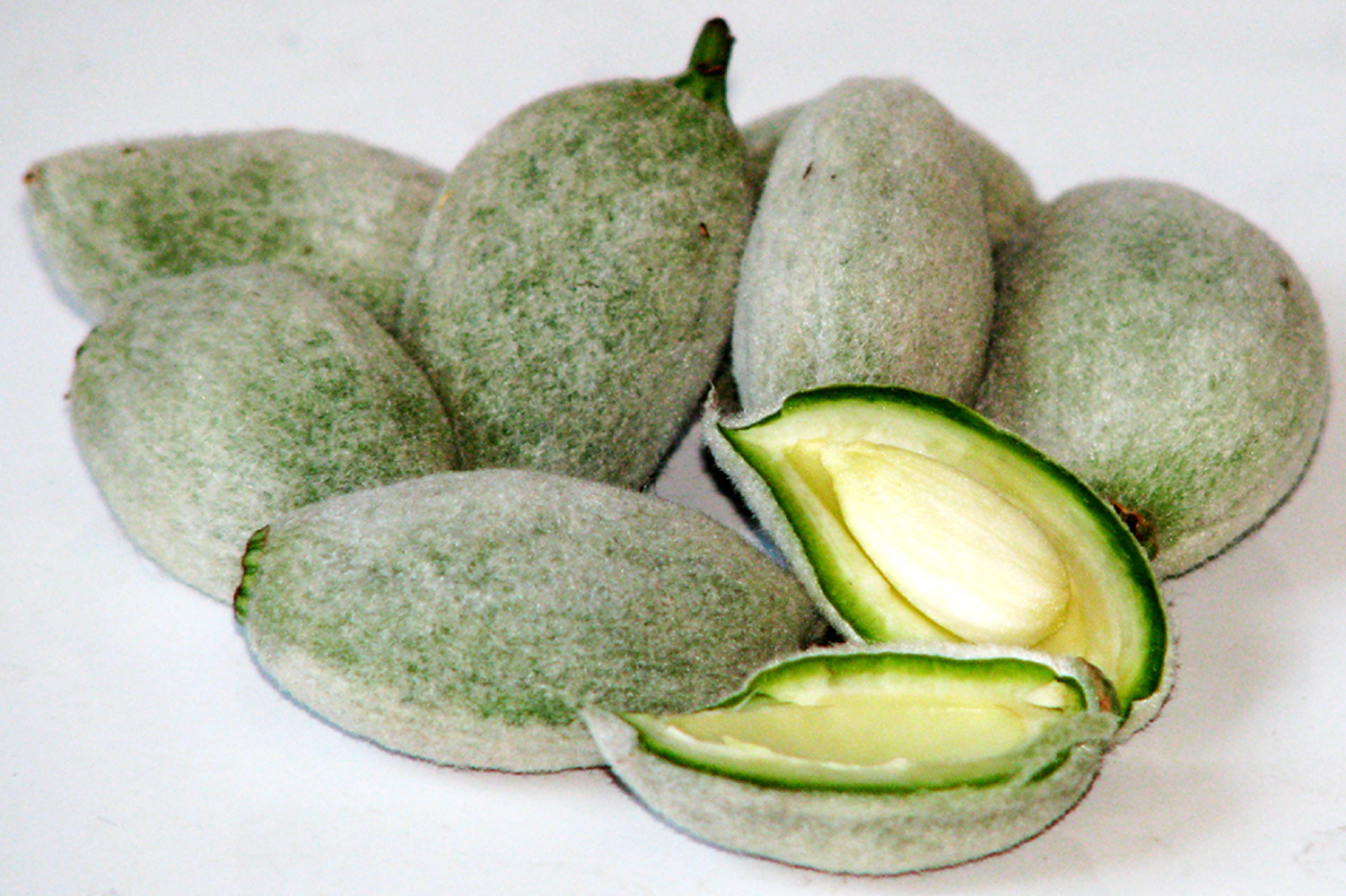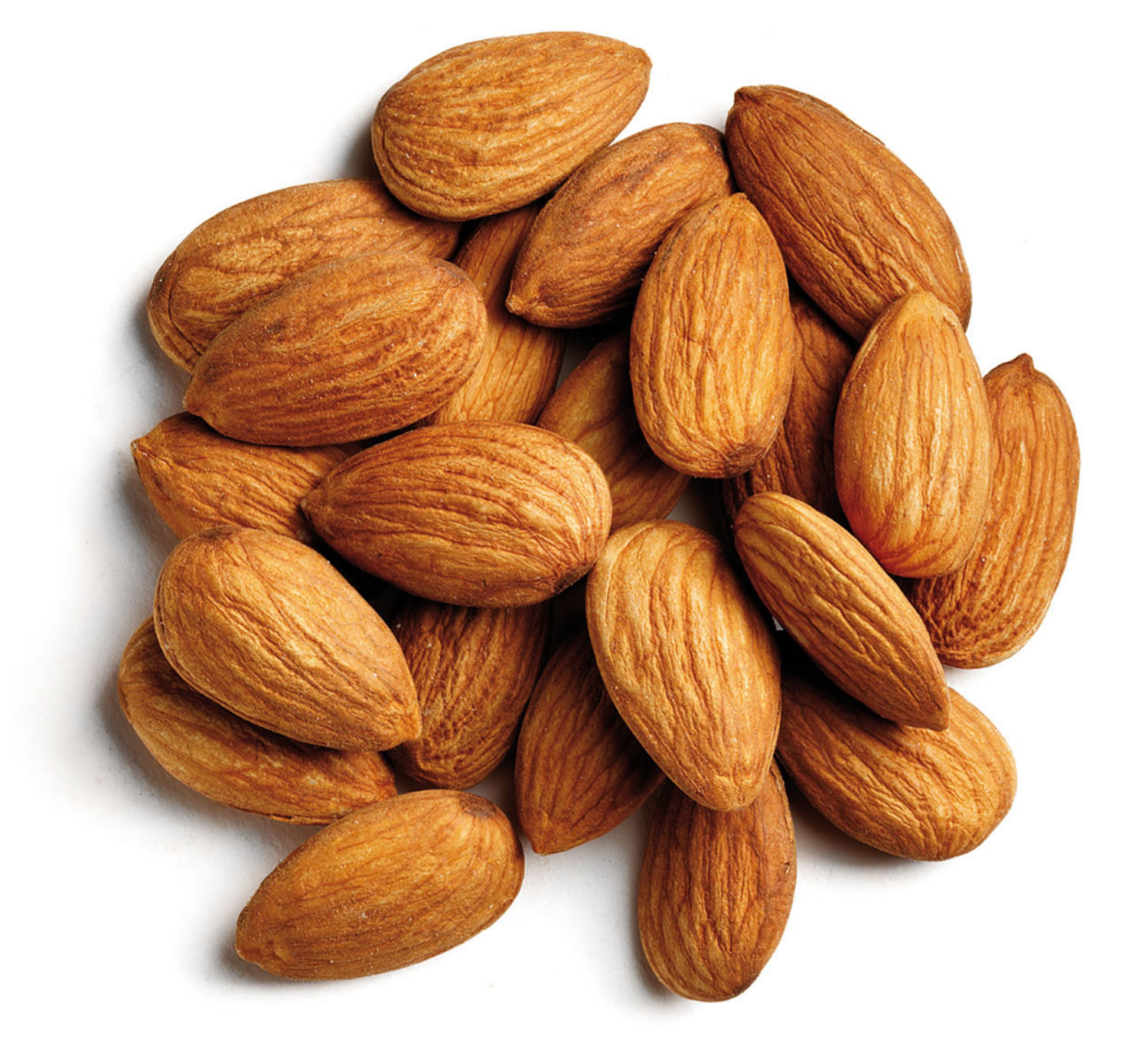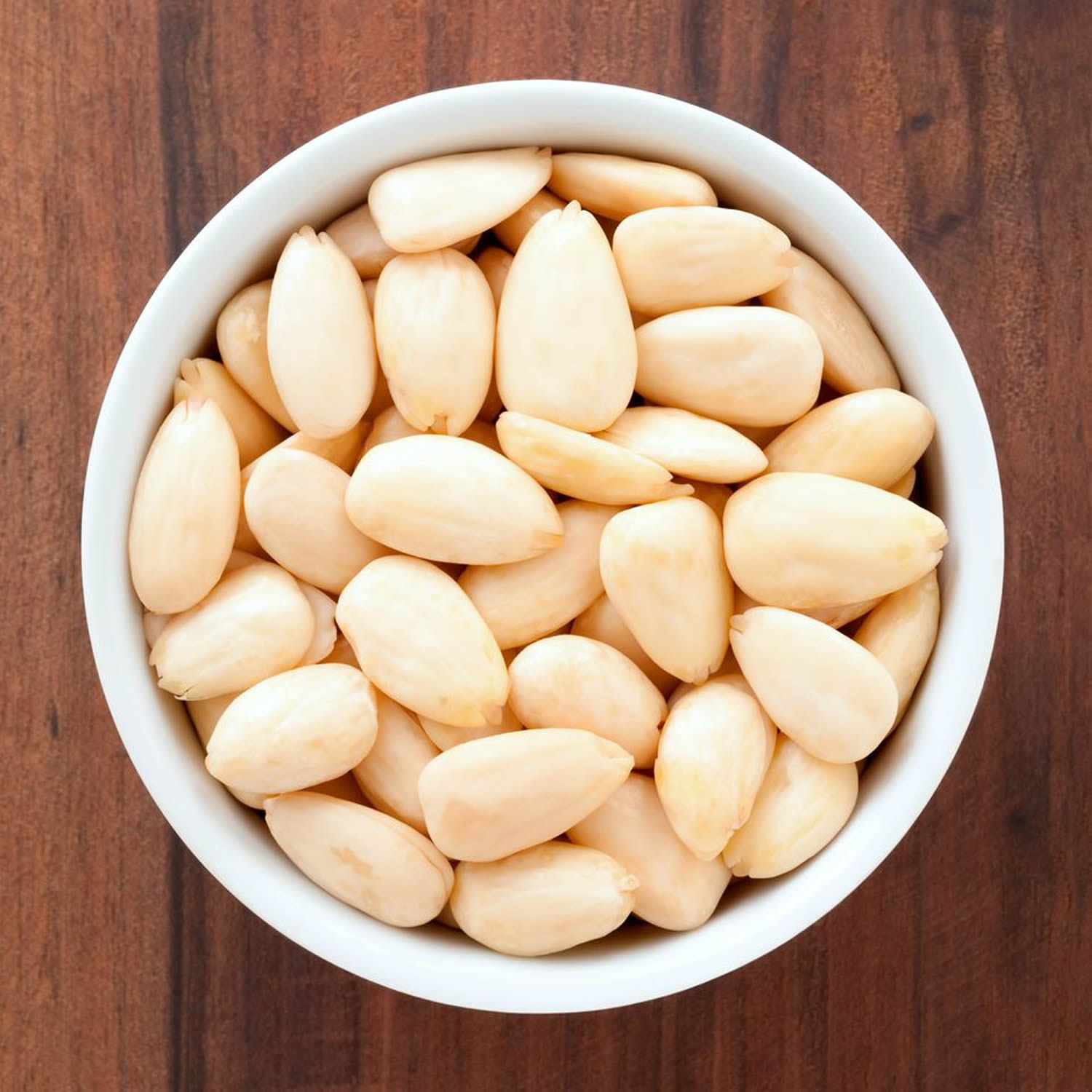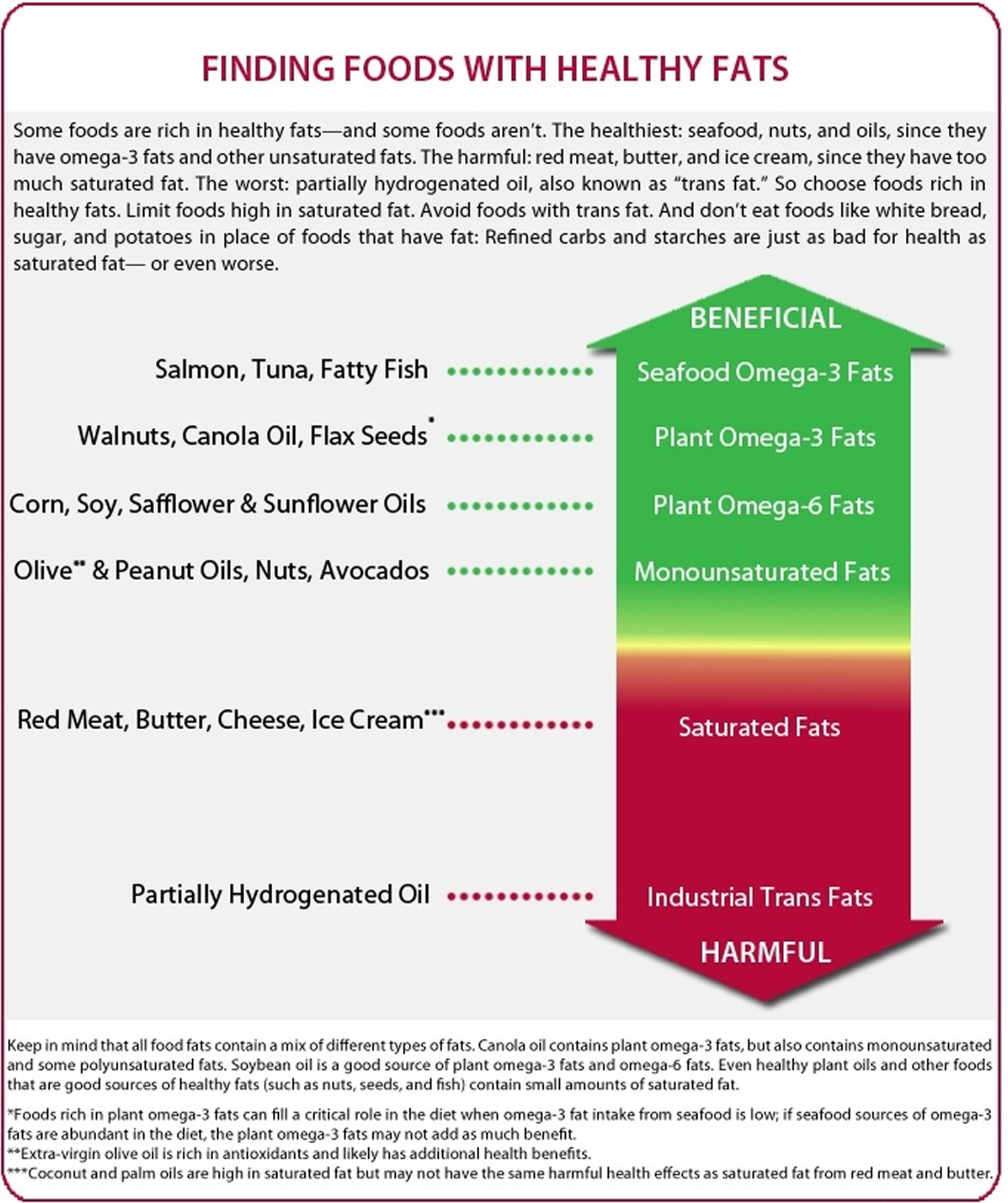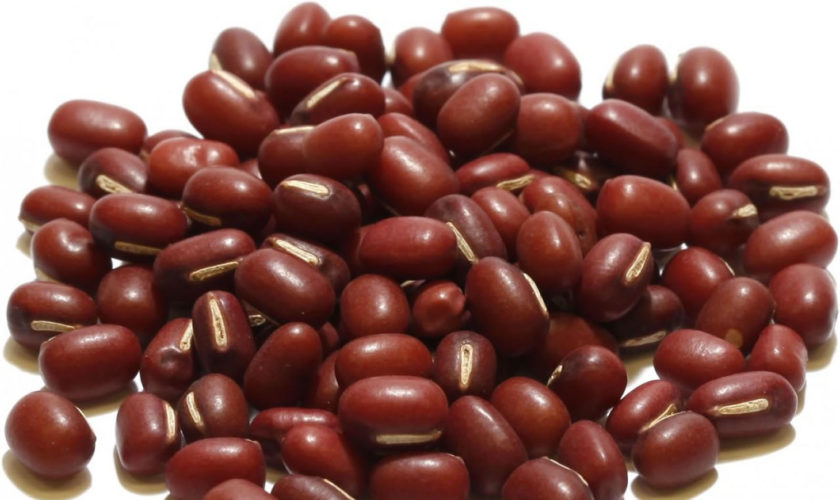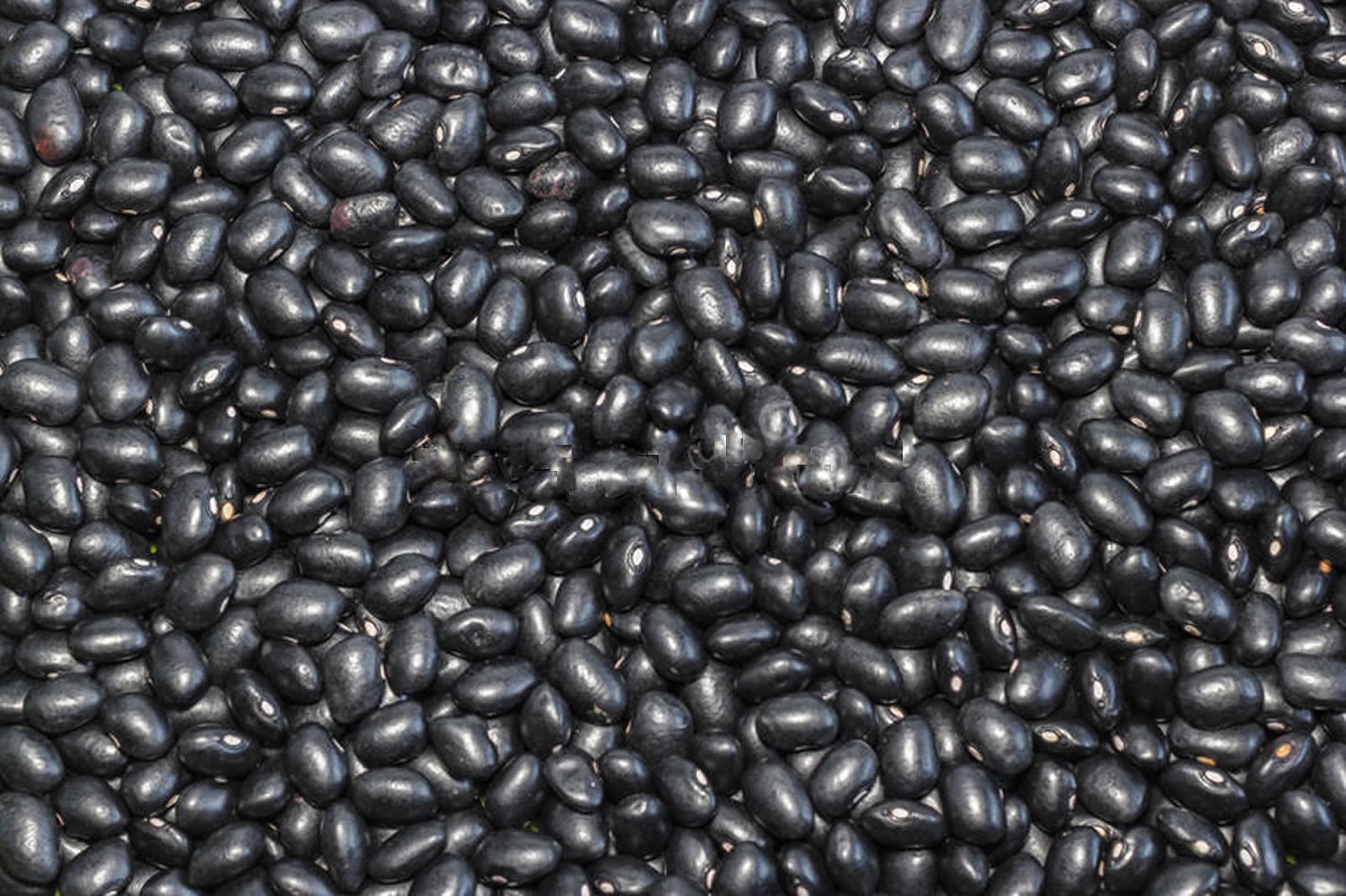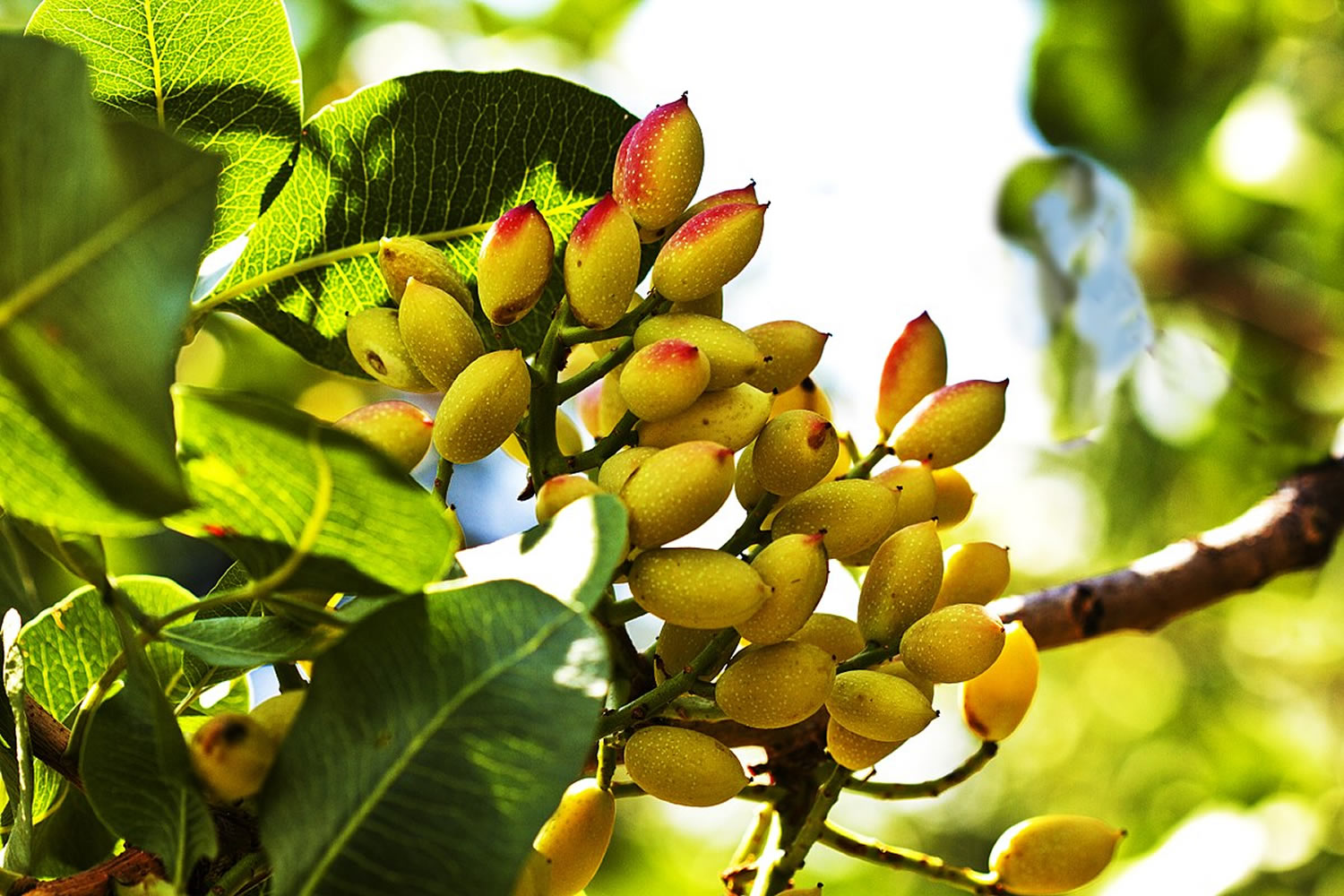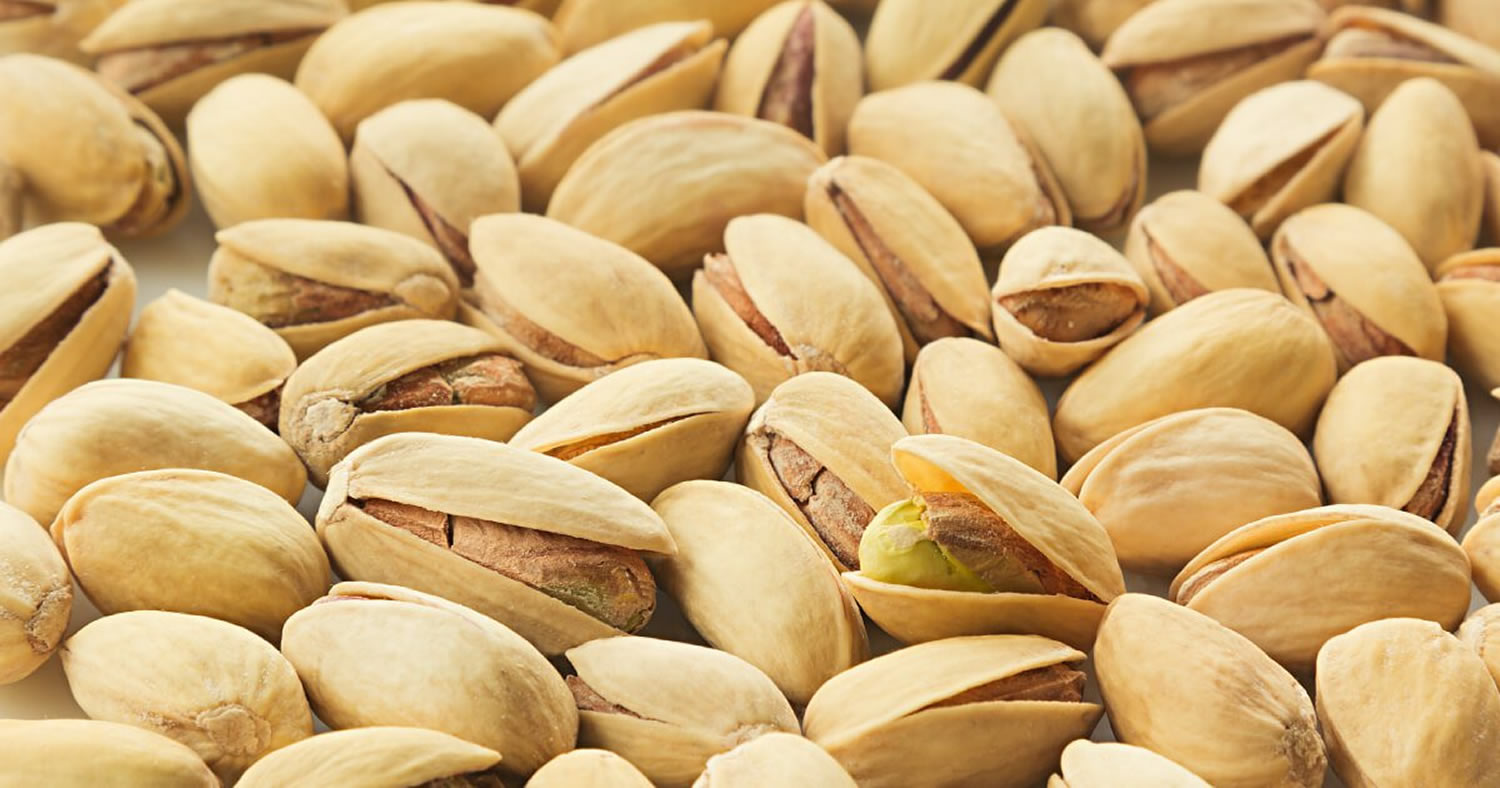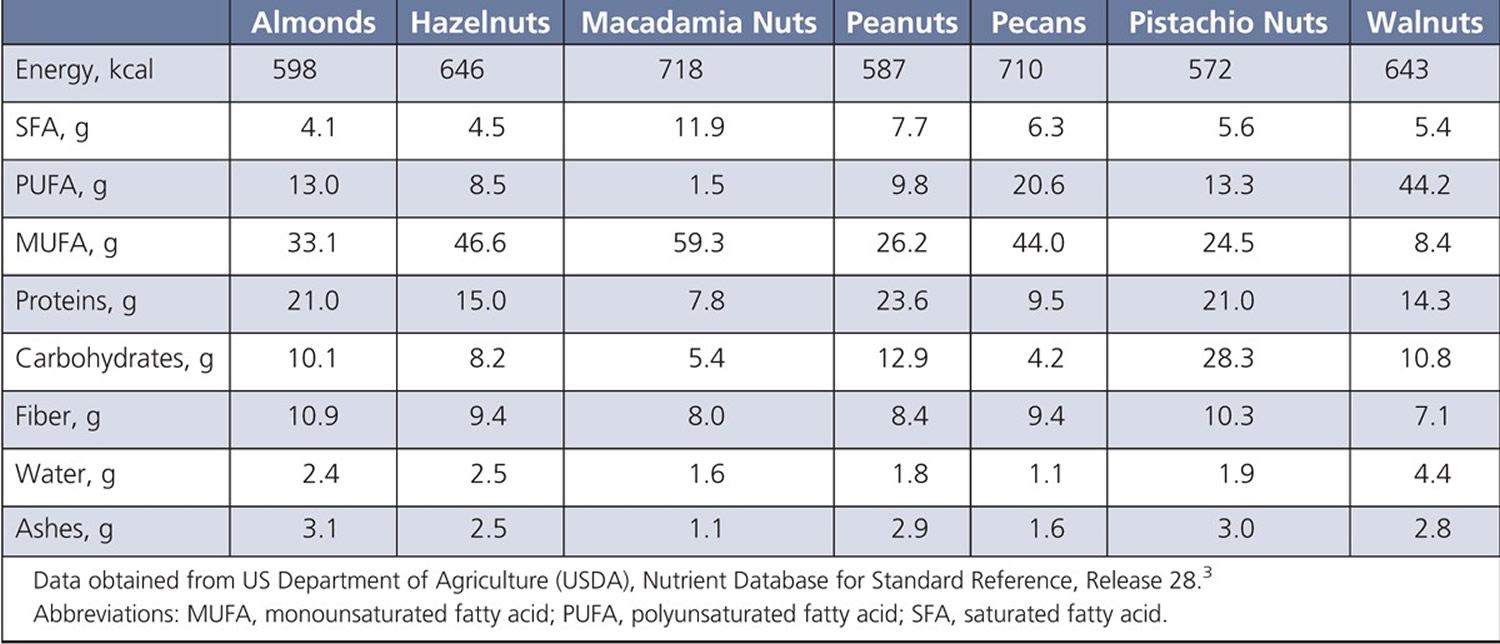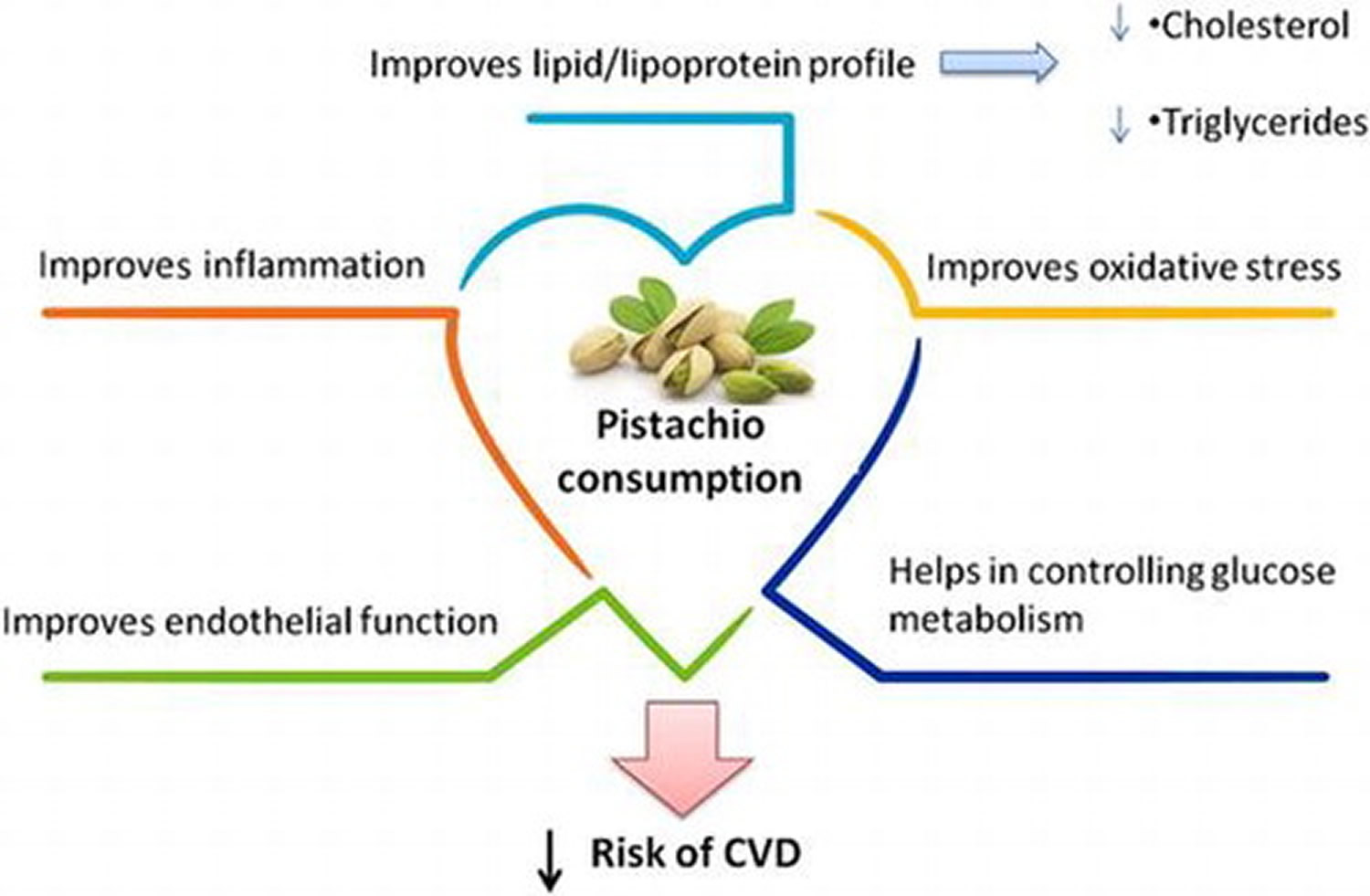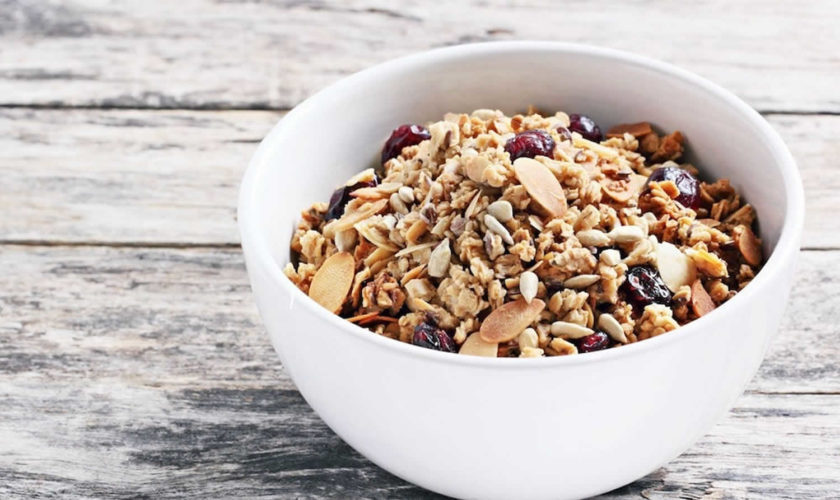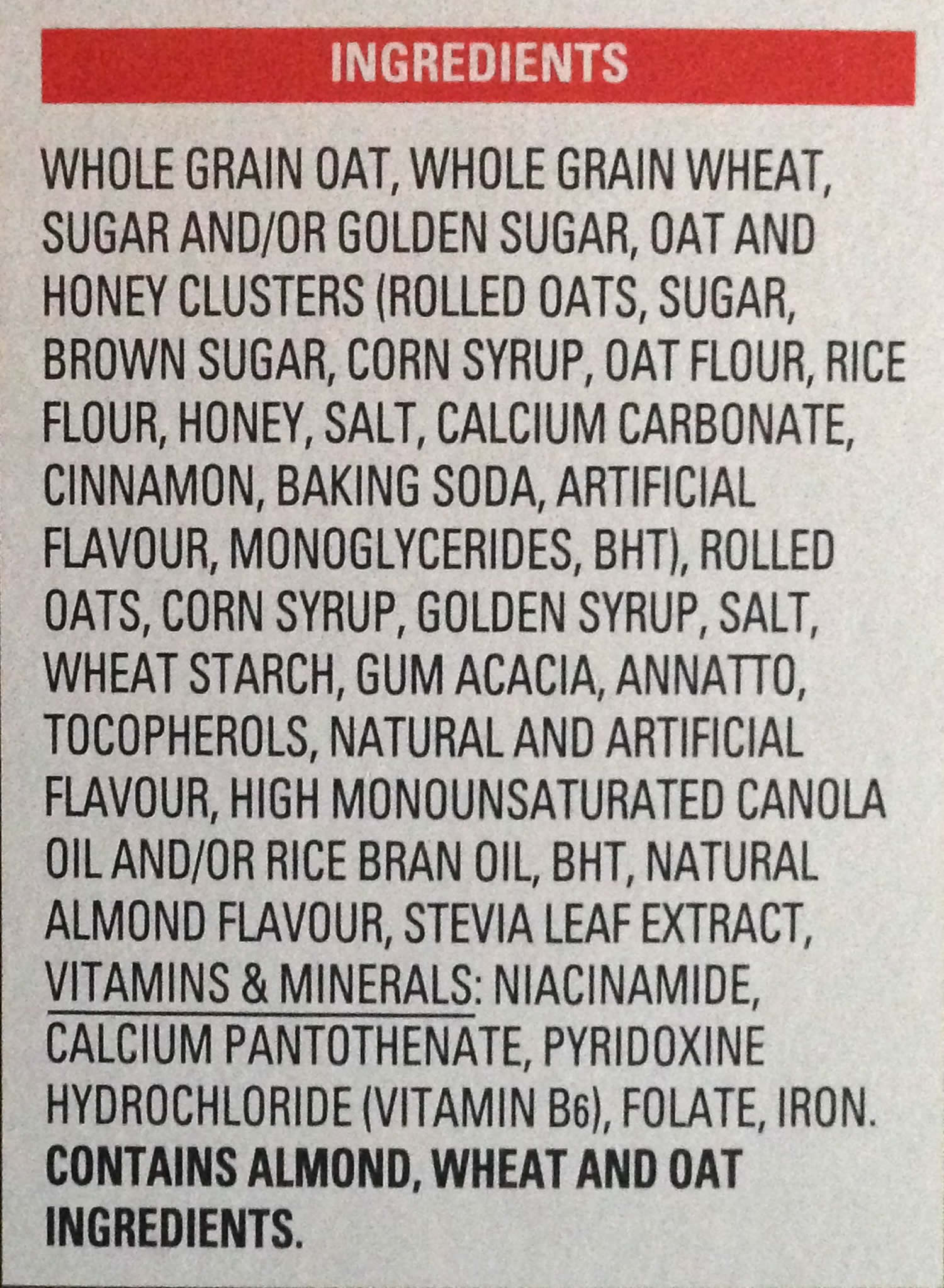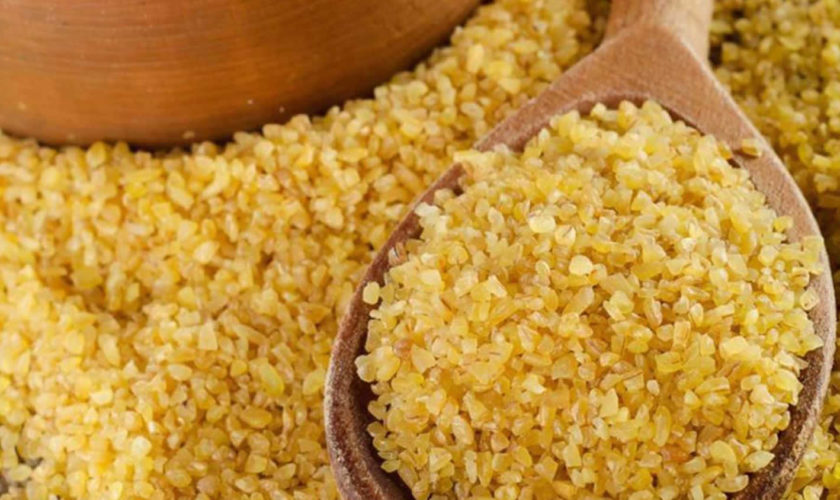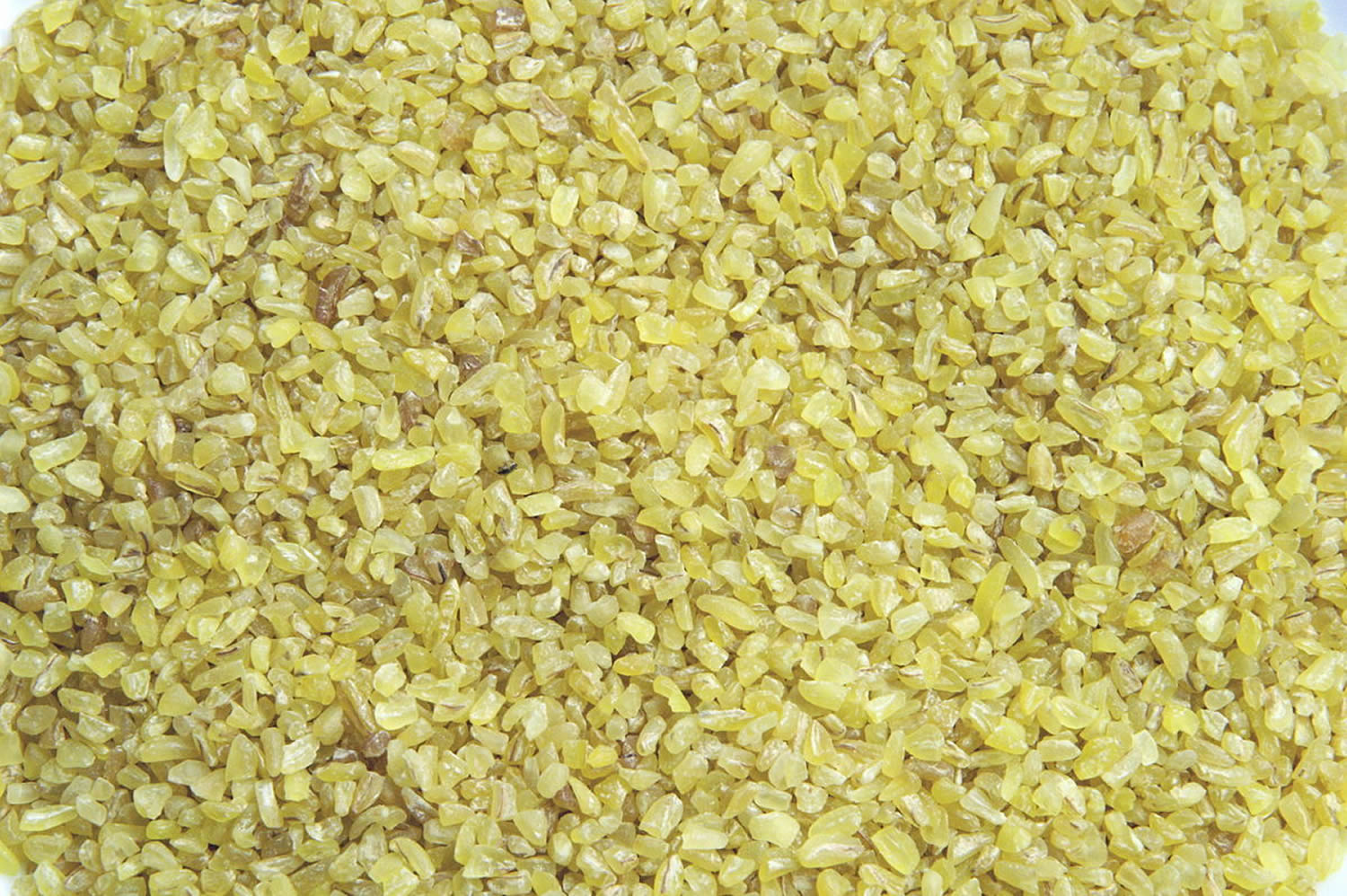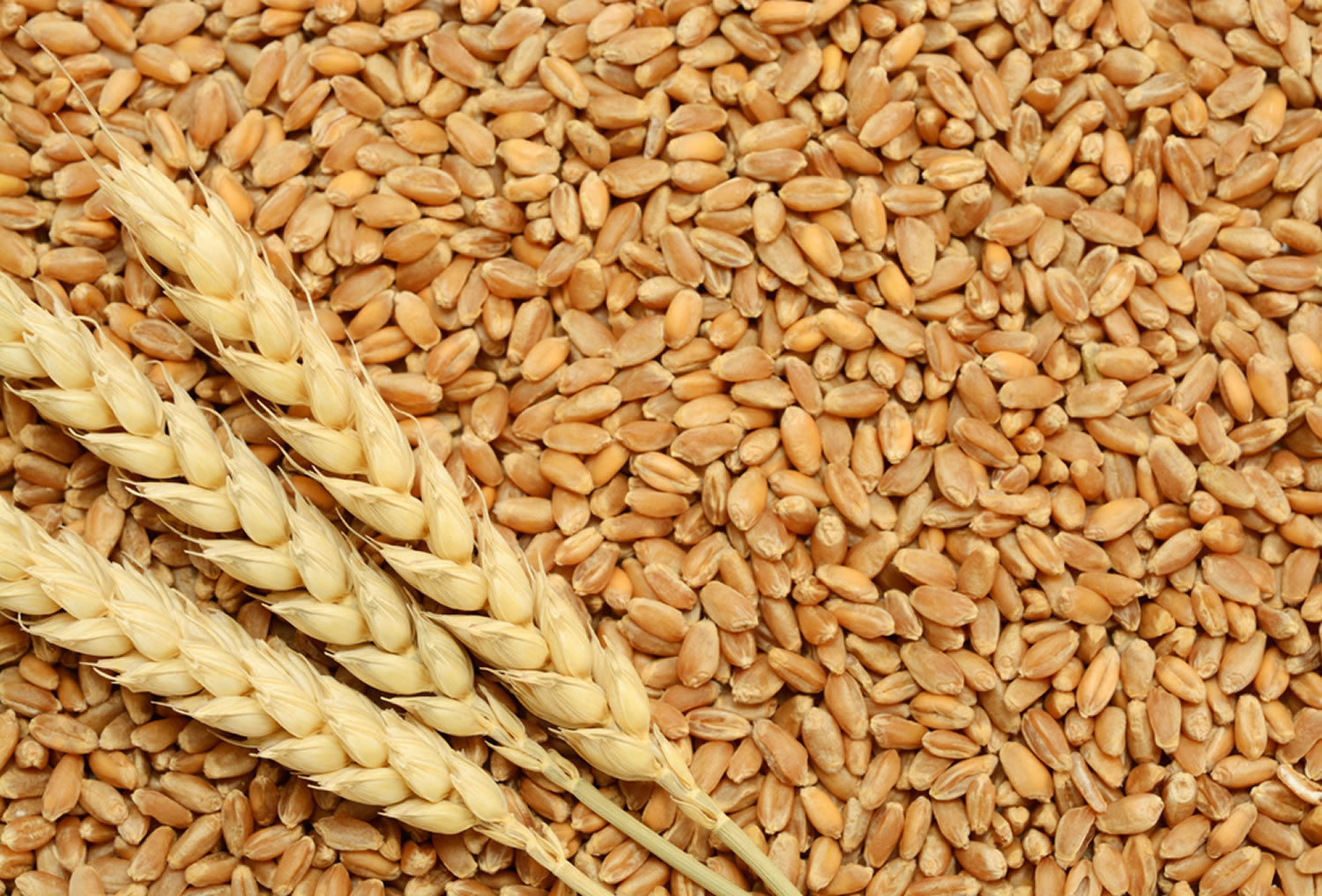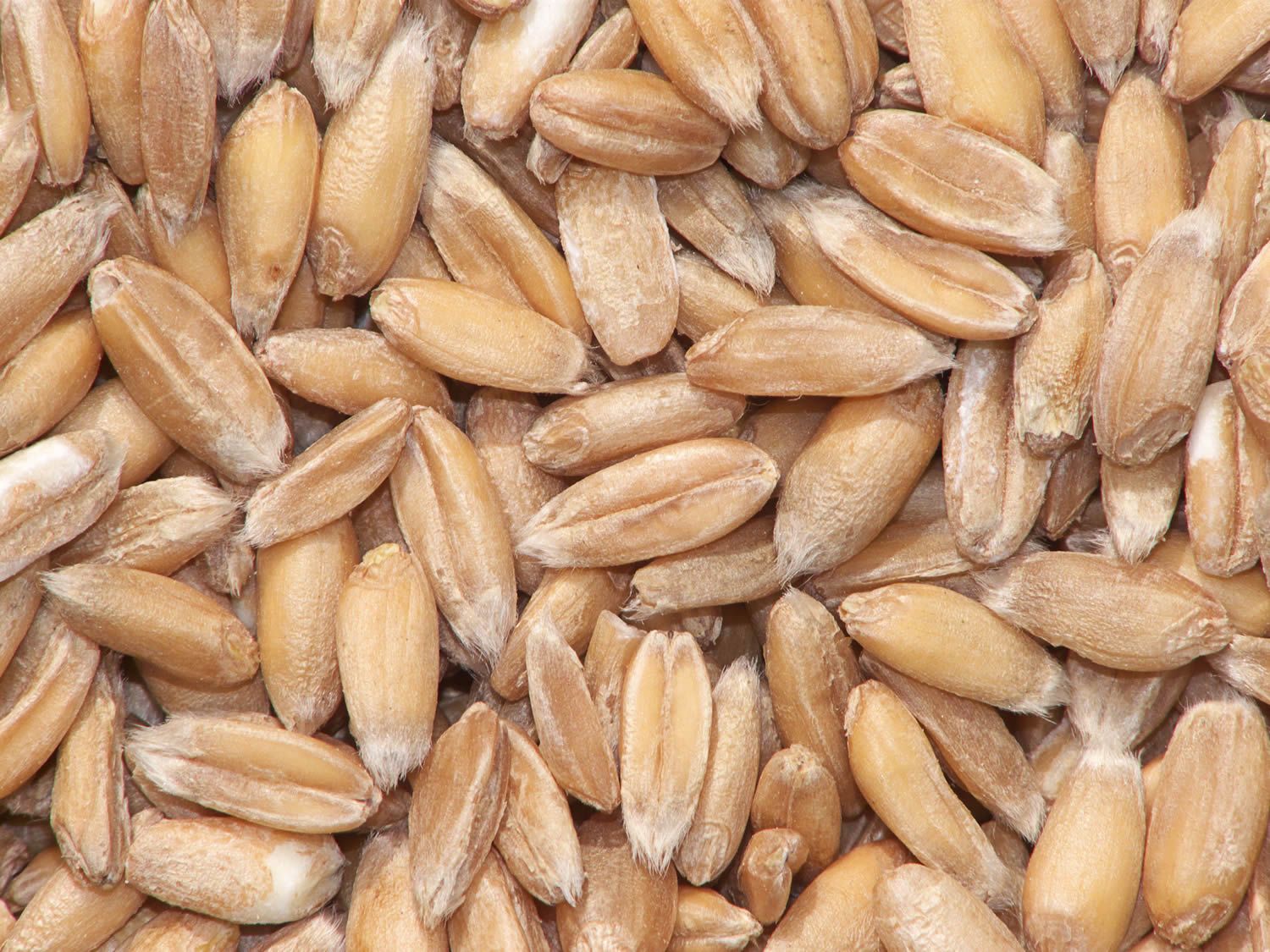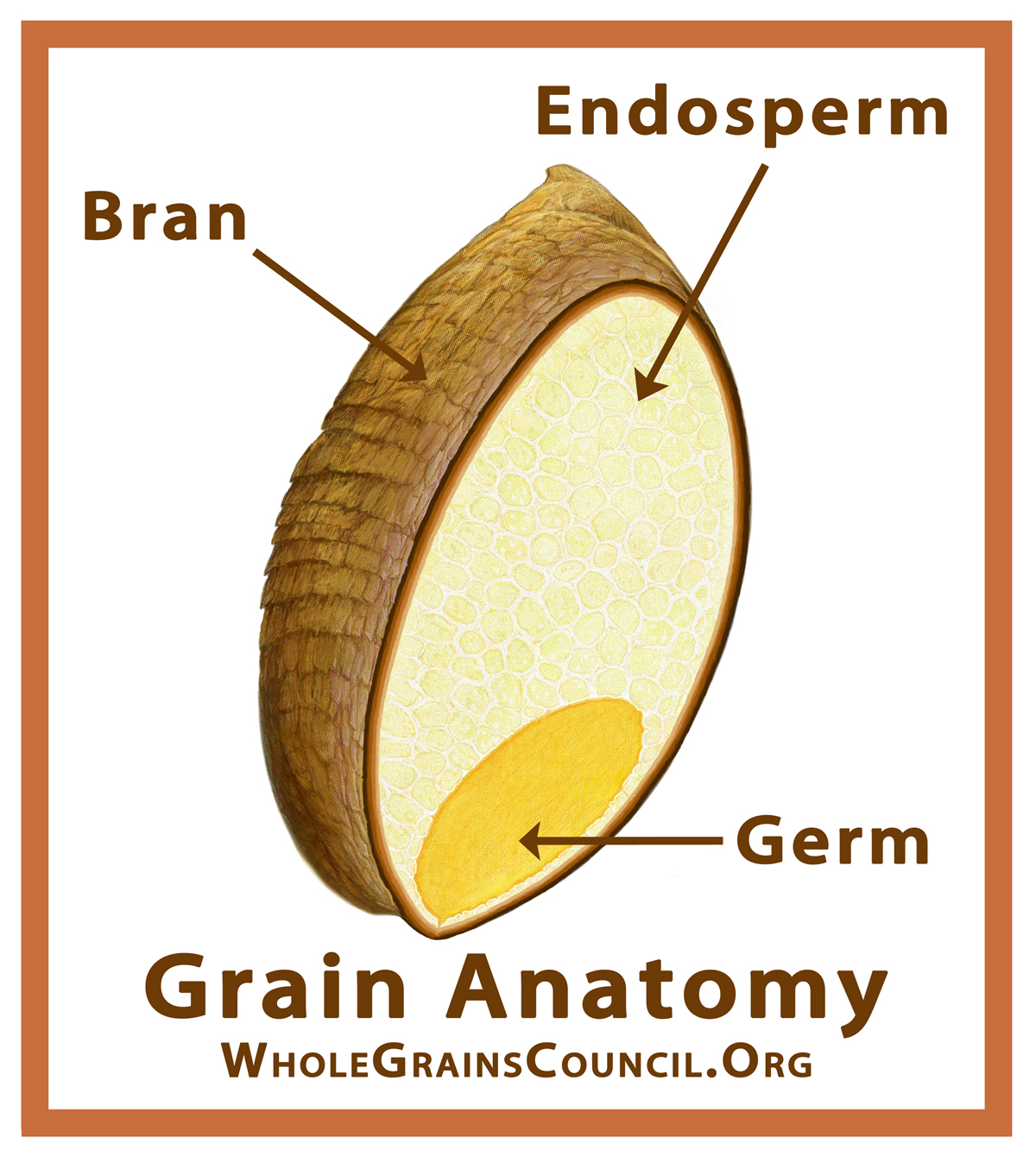What is sesame oil
Sesame oil is an edible vegetable oil derived from sesame seeds (Sesamum indicum). Sesame oil is used in salad and cooking oils, shortening and some margarines. Sesame oil is a key flavor ingredient in some Chinese dishes. Sesame oil keeps well and resists rancidity, due to the presence of a natural antioxidant, sesamol. Commercially, sesame oil comes in two types. One type of sesame oil is a pale yellow liquid and has a pleasant grain-like odor and somewhat nutty taste 1. Sesame oil is high in polyunsaturated fats (PUFAs), ranking fourth behind safflower, soybean and corn oil. Sesame oil is excellent for use as frying oil, in cosmetics and in food preparations. The other type of sesame oil is amber-colored and aromatic, made from pressed and toasted sesame seeds 1. This popular ingredient in ethnic cooking is not used as a cooking oil, however, because the flavor is too intense and it burns quite easily. Instead, amber-colored sesame oil is normally added as a flavoring agent in the final stages of cooking.
Oil is extracted from sesame seeds by mechanical pressing. The sesame seed may be cold pressed to give an aromatic salad oil or hot pressed to give a lower grade product. The sesame oil yield is from 50 percent to 57 percent, depending on growing conditions and seed variety.
The outstanding characteristic of sesame oil is its long shelf life due to its natural antioxidant, sesamol. This quality makes sesame oil applicable for use in the manufacture of margarine in many parts of the world where there is inadequate refrigeration. Sesame oil is also used in paints, soaps, cosmetics, perfumes, bath oils, insecticides and pharmaceuticals (vehicle for drug delivery). Poppy seed, cotton seed and rape oils are frequently added to sesame oil.
Sesame oil is rich in both MUFA (monounsaturated fatty acid) and PUFA (polyunsaturated fatty acid). Many clinical and animal studies have identified that sesame oil contains lignans 2 and is able to reduce oxidative stress and inflammation 3. Recently, scientists revealed a close relationship of inflammation with oxidative stress 4, as well as the effects of sesame oil feeding on inflammation and atherosclerosis in vivo 5.
Sesame oil allergy
As with numerous seed and nut foods, sesame oil may produce an allergic reaction, although the incidence of this effect is rare at approximately 0.1% of the population 6, 7. Reports of sesame allergy are growing in developed countries during the 21st century, with the allergic mechanism from sesame oil exposure expressed as contact dermatitis, possibly resulting from hypersensitivity to lignin-like compounds 8.
Symptoms of an allergic or allergic-type reaction
When someone comes in contact with a food allergen or added sulphites, the symptoms of an allergic or allergic-type reaction may develop quickly and rapidly progress from mild to severe. The most severe form of an allergic reaction is called anaphylaxis. Symptoms can include breathing difficulties, a drop in blood pressure or shock, which may result in loss of consciousness and even death. A person experiencing an allergic reaction may have any combination of the following signs or symptoms:
- Skin: hives, swelling (face, lips, tongue), itching, warmth, redness;
- Respiratory: coughing, wheezing, shortness of breath, chest pain or tightness, throat tightness, hoarse voice, nasal congestion or hay fever-like symptoms (runny, itchy nose and watery eyes, sneezing), trouble swallowing;
- Gastrointestinal: nausea, pain or cramps, vomiting, diarrhea;
- Cardiovascular: paler than normal skin colour/blue skin colour, weak pulse, dizziness or light headedness, loss of consciousness, shock;
- Other: anxiety, sense of impending doom, headache, uterine cramps, metallic taste.
I have a sesame seed allergy. How can I avoid a sesame seed-related reaction?
- Read food labels.
Other names for sesame seeds
In the past, some products have used other names for sesame on their labels. These names are not permitted without the word sesame also appearing on the label, based on the enhanced labelling requirements for food allergens, gluten sources and added sulphites. However, if you have a sesame allergy and see one of the following in the list of ingredients on a product you should not eat it.
- Benne, benne seed and benniseed
- Gingelly and gingelly oil
- Seeds
- Sesamol and sesamolina
- Sesamum indicum
- Sim sim
- Til
- Tahini (sesame paste)
Examples of foods and products that contain or often contain sesame seeds:
- Bread (e.g., hamburger buns, multi-grains), bread crumbs and sticks, cereals, crackers, melba toast and muesli
- Dips and spreads, e.g., hummus, chutney
- Combination foods, e.g., flavoured rice, noodles, shish kebabs, stews and stir fries
- Sesame oil, sesame salt (gomasio)
- Tahina
- Tempeh
- Vegetarian burgers
- Snack bars (protein bars, granola bars)
Avoid food and products that do not have an ingredient list and read labels every time you shop.
Other possible sources of sesame:
- Some baked goods
- Dressings, gravies, marinades, salads, sauces and soups
- Herbs, seasonings, flavourings and spices
- Vegetable Pâtés
- Snack foods, e.g., crackers, sesame snap bars, granola bars
- Vegetable oil (may contain sesame oil)
Non-food sources of sesame seeds:
- Adhesive bandages
- Cosmetics, hair care products, perfumes, soaps and sunscreens
- Drugs
- Fungicides and insecticides
- Lubricants, ointments and topical oils
- Pet food
- Sesame meal, e.g., poultry and livestock feed
Note: These lists are not complete and may change. Food and food products purchased from other countries, through mail-order or the Internet, are not always produced using the same manufacturing and labelling standards as in the US.
Avoid all food and products that contain sesame and any product whose label carries a precautionary statement warning that the product might have sesame in it such as “may contain” sesame or similar wording. When provided by a manufacturer, precautionary statements are usually found after the list of ingredients or “Contains” statement if there is one.
If sesame is part of the product formulation, it must be declared in the list of ingredients or in a separate “contains” statement immediately following the list of ingredients.
- Avoid any products that do not have an ingredient list.
- Read labels every time you shop. Manufacturers may occasionally change their recipes or use different ingredients for varieties of the same product.
What do I do if I am not sure whether a product contains sesame seeds?
If you have a sesame seed allergy, do not eat, drink or use the product. Obtain ingredient information from the manufacturer.
Does product size affect the likelihood of an allergic reaction?
Product size does not affect the likelihood of a reaction; however, the same brand of product may be safe to consume for one product size but not another. This is because product formulation may vary between different product sizes of the same product or be produced in a different facility. Always read the ingredient lists carefully.
Is sesame oil healthy?
Yes, sesame oil is healthy and sesame oil is goof for you, because sesame oil oil has 39.7% content of monounsaturated fats (MUFAs) and 41.7% polyunsaturated fats (PUFAs) (see Table 1 below). Monounsaturated fats can have a beneficial effect on your heart when eaten in moderation and when used to replace saturated fat and trans fat in your diet. The cholesterol-lowering effect of sesame oil could be attributed to the content of monounsaturated fats (MUFAs) and polyunsaturated fats (PUFAs) in sesame oil and sesame seeds and that part of the effect is due to the replacement of mixtures of saturated fats in the diet by monounsaturated fats and polyunsaturated fats, which are the prevalent fatty acids in sesame oil and sesame seeds. The American Heart Association recommends that for good health, the majority of the fats that you eat should be monounsaturated or polyunsaturated 9, 10. Therefore, you should eat foods containing monounsaturated fats and/or polyunsaturated fats instead of foods that contain saturated fats and/or trans fats.
Replacing bad fats (saturated and trans) with healthier fats (monounsaturated and polyunsaturated) is better for your heart.
One way you can do this is by choosing healthier nontropical vegetable oils for cooking and preparing food.
Use these oils instead of solid fats (including butter, shortening, lard and hard stick margarine) and tropical oils (including palm and coconut oil), which can have a lot of saturated fat.
Cooking and salad oils that contain more monounsaturated and polyunsaturated fats and less saturated fat:
- Canola oil
- Corn oil
- Olive oil
- Peanut oil
- Safflower oil
- Soybean oil
- Sunflower oil
Blends or combinations of these oils, often sold under the name “vegetable oil,” and cooking sprays made from these oils are also good choices. Some specialty oils, like avocado, grapeseed, rice bran and sesame, can be healthy choices but may cost a bit more or be harder to find. Also to make sure you’re getting the healthier oil, always read the ingredients of the oil for added antioxidants like TBHQ (Tert-butylhydroquinone).
In general, choose oils with less than 4 grams of saturated fat per tablespoon, and no partially hydrogenated oils or trans fats.
You may find that some oils have distinctive flavors, so try different types to discover which ones you like. Also, some oils are better for certain types of cooking than others, so you may want to have more than one type in your pantry.
Figure 1. Dietary Fats and Mortality Rates
Sesame oil nutrition facts
Sesame oil has 40 calories per teaspoon.
Table 1. Sesame oil nutrition
| Nutrient | Unit | Value per 100 g | teaspoon 4.5 g | |||||
| Approximates | ||||||||
| Water | g | 0 | 0 | |||||
| Energy | kcal | 884 | 40 | |||||
| Protein | g | 0 | 0 | |||||
| Total lipid (fat) | g | 100 | 4.5 | |||||
| Carbohydrate, by difference | g | 0 | 0 | |||||
| Fiber, total dietary | g | 0 | 0 | |||||
| Sugars, total | g | 0 | 0 | |||||
| Minerals | ||||||||
| Calcium, Ca | mg | 0 | 0 | |||||
| Iron, Fe | mg | 0 | 0 | |||||
| Magnesium, Mg | mg | 0 | 0 | |||||
| Phosphorus, P | mg | 0 | 0 | |||||
| Potassium, K | mg | 0 | 0 | |||||
| Sodium, Na | mg | 0 | 0 | |||||
| Zinc, Zn | mg | 0 | 0 | |||||
| Vitamins | ||||||||
| Vitamin C, total ascorbic acid | mg | 0 | 0 | |||||
| Thiamin | mg | 0 | 0 | |||||
| Riboflavin | mg | 0 | 0 | |||||
| Niacin | mg | 0 | 0 | |||||
| Vitamin B-6 | mg | 0 | 0 | |||||
| Folate, DFE | µg | 0 | 0 | |||||
| Vitamin B-12 | µg | 0 | 0 | |||||
| Vitamin A, RAE | µg | 0 | 0 | |||||
| Vitamin A, IU | IU | 0 | 0 | |||||
| Vitamin E (alpha-tocopherol) | mg | 1.4 | 0.06 | |||||
| Vitamin D (D2 + D3) | µg | 0 | 0 | |||||
| Vitamin D | IU | 0 | 0 | |||||
| Vitamin K (phylloquinone) | µg | 13.6 | 0.6 | |||||
| Lipids | ||||||||
| Fatty acids, total saturated | g | 14.2 | 0.639 | |||||
| Fatty acids, total monounsaturated | g | 39.7 | 1.786 | |||||
| Fatty acids, total polyunsaturated | g | 41.7 | 1.877 | |||||
| Cholesterol | mg | 0 | 0 | |||||
| Other | ||||||||
| Caffeine | mg | 0 | 0 | |||||
What are monounsaturated fats?
From a chemical standpoint, monounsaturated fats are simply fat molecules that have one unsaturated carbon bond in the molecule, this is also called a double bond. Oils that contain monounsaturated fats are typically liquid at room temperature but start to turn solid when chilled. Monounsaturated fats are found in high concentrations in olive oil, peanut oil, canola, avocados, almonds, safflower oils, hazelnuts, pecans, pumpkin seeds and sesame seeds and most nuts. Monounsaturated fats also are part of most animal fats such as fats from chicken, pork, beef, and wild game. When you dip your bread in olive oil at an Italian restaurant, you’re getting mostly monounsaturated fat. Monounsaturated fats have a single carbon-to-carbon double bond (see Figure 2 below). The result is that it has two fewer hydrogen atoms than a saturated fat and a bend at the double bond. This structure keeps monounsaturated fats liquid at room temperature. The carbon-carbon double bond found in monounsaturated or polyunsaturated fatty acids can exist in the cis or trans configuration. When the two hydrogen atoms are on opposite sides of the double bond, the configuration is called trans. When the hydrogen atoms are on the same side of the double bond, the configuration is called cis.
The discovery that monounsaturated fat could be healthful came from the Seven Countries Study during the 1960s. It revealed that people in Greece and other parts of the Mediterranean region enjoyed a low rate of heart disease despite a high-fat diet. The main fat in their diet, though, was not the saturated animal fat common in countries with higher rates of heart disease. It was olive oil, which contains mainly monounsaturated fat. This finding produced a surge of interest in olive oil and the “Mediterranean Diet” a style of eating regarded as a healthful choice today.
Although there’s no recommended daily intake of monounsaturated fats, the Institute of Medicine recommends using them as much as possible along with polyunsaturated fats to replace saturated and trans fats.
Figure 2. Monounsaturated Fatty Acids Structure

Figure 3. Polyunsaturated Fatty Acids Structure
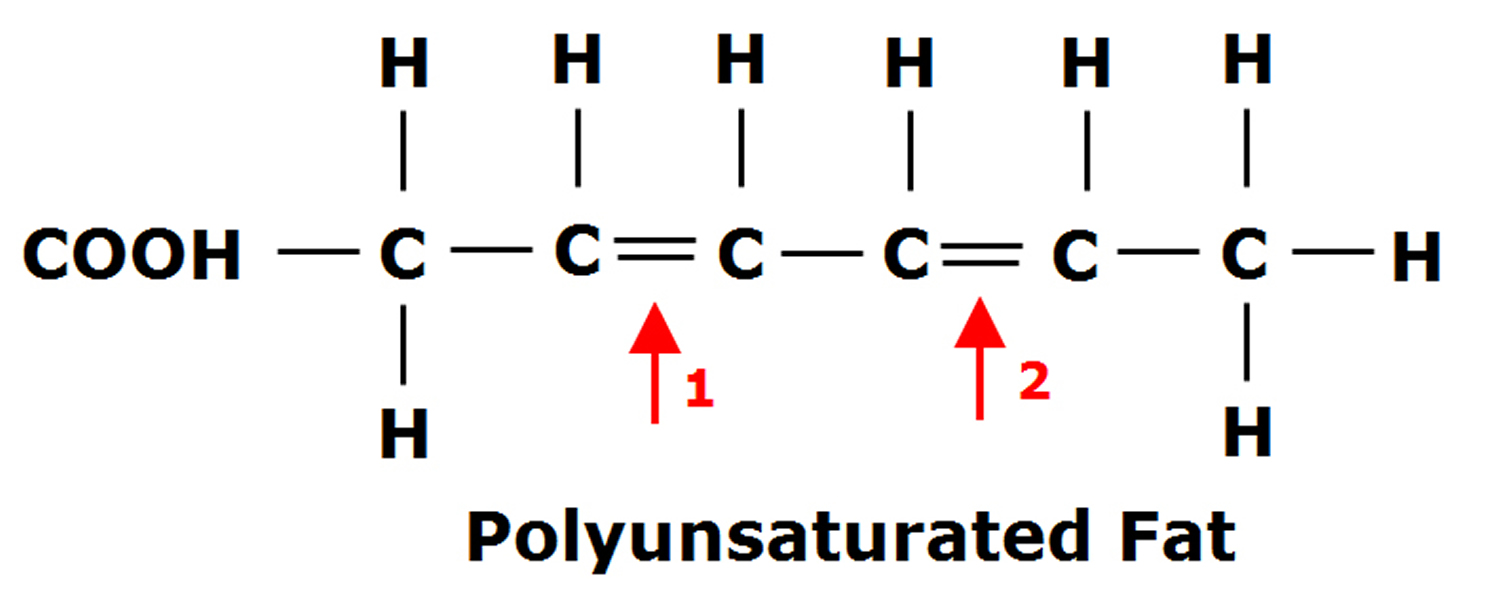
Which foods contain monounsaturated fats?
Most foods contain a combination of different fats.
Examples of foods high in monounsaturated fats include plant-based liquid oils such as:
- olive oil,
- canola oil,
- peanut oil,
- safflower oil and
- sesame oil.
Other sources include avocados, peanut butter and many nuts and seeds.
How do monounsaturated fats affect my health?
Monounsaturated fats can help reduce bad cholesterol levels in your blood which can lower your risk of heart disease and stroke. They also provide nutrients to help develop and maintain your body’s cells. Oils rich in monounsaturated fats also contribute vitamin E to the diet, an antioxidant vitamin most Americans need more of.
Are monounsaturated fats better for me than saturated fats or trans fats?
Yes. While, all fats provide 9 calories per gram, monounsaturated fats and polyunsaturated fats can have a positive effect on your health, when eaten in moderation. The bad fats –saturated fats and trans fats – can negatively affect your health.
Sesame oil health benefits
Sesame oil has been shown to reduce high blood pressure and lower the amount of medication needed to control hypertension 12. Sesame oil is also capable of reducing plasma cholesterol, low-density lipoprotein (LDL) “bad” cholesterol, and triglyceride (TG) levels 13. Earlier studies of sesame oil diet-fed low-density lipoprotein receptor knockout (LDLR−/−) female mice showed that the plasma levels of total cholesterol, triglycerides, VLDL (very low density LDL) “bad” cholesterol, and LDL “bad” cholesterol were decreased, while HDL “good” cholesterol was significantly increased in these animals compared to high-fat diet-fed control animals 14. The sesame oil diet effectively prevented inflammation and atherosclerotic lesion formation in LDL-R−/− male mice 15. The ratio of saturated to unsaturated fatty acid composition in sesame oil is less 16 compared with many other oils, but the observed level of inhibition of atherosclerosis is remarkable. This extraordinary finding prompted scientists to question whether components in the sesame oil beyond simply the fatty acid composition could be responsible for the observed level of atherosclerotic inhibition.
Sesame oil contains lignans, which are known to complex cholesterol from the gut and prevent cholesterol absorption 17. The contribution of these lignans to the observed drop in plasma cholesterol is plausible. Similarly, nonsaponifiable components of sesame oil might be contributing to the prevention of cholesterol absorption. We observed a decrease in the mRNA level of CD68, a marker for monocyte/macrophages, in nonsaponifiable components of sesame oil diet-fed animals compared to high fat diet-fed animals. The decrease of CD68 in the aortic arch area containing lesions is a confirmation that the presence of foam cell-forming macrophages in nonsaponifiable components of sesame oil animals was reduced. Animal data suggest that nonsaponifiable components of sesame oil is able to inhibit atherosclerosis in animals 17.
Sesame oil uses
The outstanding characteristic of sesame oil is its long shelf life due to its natural antioxidant, sesamol. This quality makes sesame oil applicable for use in the manufacture of margarine in many parts of the world where there is inadequate refrigeration. Sesame oil is also used in paints, soaps, cosmetics, perfumes, bath oils, insecticides and pharmaceuticals (vehicle for drug delivery). Poppy seed, cotton seed and rape oils are frequently added to sesame oil.
In Ayurvedic medicine, sesame oil is used for massaging as it is believed to rid the body of heat due to its viscous nature upon rubbing 18.
In industry, sesame oil may be used as 19:
- a solvent in injected drugs or intravenous drip solutions,
- a cosmetics carrier oil,
- coating stored grains to prevent weevil attacks. The oil also has synergy with some insecticides 20.
Low-grade sesame oil is used locally in soaps, paints, lubricants, and illuminants 19.
Sesame oil for cooking
Besides being used as a cooking oil in South India, sesame oil is used as a flavor enhancer in Middle Eastern, African, and Southeast Asian cuisines. Sesame oil has a distinctive nutty aroma and taste.
One type of sesame oil, a pale yellow liquid with a pleasant grain-like odor and somewhat nutty taste, is used as frying oil 19. A second type of oil, amber-colored and aromatic, is made from pressed and toasted sesame seeds and is used as a flavoring agent in the final stages of cooking 19.
Despite sesame oil’s high proportion (41%) of polyunsaturated (omega-6) fatty acids, it is least prone, among cooking oils with high smoke points, to turn rancid when kept in the open 21. This is due to the natural antioxidants, such as sesamol, present in the oil 19.
Light sesame oil has a high smoke point and is suitable for deep-frying, while dark sesame oil (from roasted sesame seeds) has a slightly lower smoke point and is unsuitable for deep-frying 19. Instead it can be used for the stir frying of meats or vegetables, sautéing, or for the making of an omelette.
Sesame oil is most popular in Asia, especially in Korea, China, and the South Indian states of Karnataka, Andhra Pradesh, and Tamil Nadu, where its widespread use is similar to that of olive oil in the Mediterranean.
- East Asian cuisines often use roasted sesame oil for seasoning.
- The Chinese use sesame oil in the preparation of meals.
- In Japan, rāyu is a paste made of chili-sesame oil seasoning and used as a spicy topping on various foods, or mixed with vinegar and soy sauce and used as a dip.
- In South India, before the advent of modern refined oils produced on a large scale, sesame oil was used traditionally for curries and gravies. It continues to be used, particularly in Tamil Nadu and Andhra Pradesh, mixed with foods that are hot and spicy as it neutralizes the heat. It is often mixed in with a special spice powder that accompanies idli and dosa as well as rice mixed with spice powders (such as paruppu podi).
Sesame oil vs olive oil
Olive oil is a key component of the Mediterranean Diet (MedDiet), being the main source of vegetable fat, especially monounsaturated fatty acids (MUFA) 22. Virgin olive oil, produced by mechanically pressing ripe olives, contains multiple bioactive and antioxidant components such as polyphenols, phytosterols and vitamin E 22, and has an acidity of <1.5%. Extra-virgin olive oil is also produced by mechanically pressing the olives but is the oil with the best quality, the most intense taste and its acidity is <1% 23. In contrast, common olive oil, obtained from a mixture of virgin and refined oil (usually more than 80% is refined), has fewer antioxidant and anti-inflammatory compounds. Since refined olive oil during the refining process loses phytochemicals, this oil is mixed with virgin olive oil to enhance the flavor, constituting the so-called common olive oil 24.
Evidence suggests that olive oil intake is inversely associated with cardiovascular disease in the Spanish general population 25 and in a cohort of Italian women 26. In the Spanish cohort of the European Prospective Investigation into Cancer and Nutrition study, total olive oil intake has been associated with a decreased risk of coronary heart disease, and also all-cause and cardiovascular mortality 27. Similarly, a lower risk of mortality was associated with regular consumption of olive oil in an Italian population after a heart attack 28 and also in an elderly population 29. A recent meta-analysis concluded that epidemiologic studies consistently found an inverse association between olive oil consumption and stroke, but there were inconsistencies between studies assessing coronary heart disease (coronary artery disease) as the end-point 30. Of note, most of the previous studies made no distinction among the different varieties of olive oil 31. Except for the European Prospective Investigation into Cancer and Nutrition-Spanish cohort that found a greater beneficial effect in coronary heart disease for the virgin olive oil variety than for the common variety 32 and similar effects for both varieties on all-cause mortality 33. This distinction is important because extra-virgin olive oil contains much higher amounts of polyphenols than common olive oil. These polyphenols may have cardiovascular benefits beyond the lipid profile. It has also been reported that olive oil intake could be beneficial in the prevention of certain cancers, such as breast cancer 34, but the evidence is weaker.
Recently, in the context of the Primary Prevention of Cardiovascular Disease with a Mediterranean Diet Supplemented with Extra-Virgin Olive Oil or Nuts Study, it has been demonstrated that persons at high cardiovascular risk, the incidence of major cardiovascular events was lower among those assigned to a Mediterranean diet supplemented with extra-virgin olive oil or nuts than among those assigned to a reduced-fat diet 35.
Table 2. Olive oil nutrition facts
| Nutrient | Unit | Value per 100 g | teaspoon 4.5 g | |||||
| Approximates | ||||||||
| Water | g | 0 | 0 | |||||
| Energy | kcal | 884 | 40 | |||||
| Protein | g | 0 | 0 | |||||
| Total lipid (fat) | g | 100 | 4.5 | |||||
| Carbohydrate, by difference | g | 0 | 0 | |||||
| Fiber, total dietary | g | 0 | 0 | |||||
| Sugars, total | g | 0 | 0 | |||||
| Minerals | ||||||||
| Calcium, Ca | mg | 1 | 0 | |||||
| Iron, Fe | mg | 0.56 | 0.03 | |||||
| Magnesium, Mg | mg | 0 | 0 | |||||
| Phosphorus, P | mg | 0 | 0 | |||||
| Potassium, K | mg | 1 | 0 | |||||
| Sodium, Na | mg | 2 | 0 | |||||
| Zinc, Zn | mg | 0 | 0 | |||||
| Vitamins | ||||||||
| Vitamin C, total ascorbic acid | mg | 0 | 0 | |||||
| Thiamin | mg | 0 | 0 | |||||
| Riboflavin | mg | 0 | 0 | |||||
| Niacin | mg | 0 | 0 | |||||
| Vitamin B-6 | mg | 0 | 0 | |||||
| Folate, DFE | µg | 0 | 0 | |||||
| Vitamin B-12 | µg | 0 | 0 | |||||
| Vitamin A, RAE | µg | 0 | 0 | |||||
| Vitamin A, IU | IU | 0 | 0 | |||||
| Vitamin E (alpha-tocopherol) | mg | 14.35 | 0.65 | |||||
| Vitamin D (D2 + D3) | µg | 0 | 0 | |||||
| Vitamin D | IU | 0 | 0 | |||||
| Vitamin K (phylloquinone) | µg | 60.2 | 2.7 | |||||
| Lipids | ||||||||
| Fatty acids, total saturated | g | 13.808 | 0.621 | |||||
| Fatty acids, total monounsaturated | g | 72.961 | 3.283 | |||||
| Fatty acids, total polyunsaturated | g | 10.523 | 0.474 | |||||
| Cholesterol | mg | 0 | 0 | |||||
| Other | ||||||||
| Caffeine | mg | 0 | 0 | |||||
- Sesame Profile. https://www.agmrc.org/commodities-products/grains-oilseeds/sesame-profile/
- Egbekun MK, Ehieze MU: Proximate composition and functional properties of full fat and defatted beniseed (Sesamum indicum L.) flour. Plant Foods Hum Nutr 1997;51:35–41
- Hou RC, Chen HL, Tzen JT, Jeng KC: Effect of sesame antioxidants on LPS-induced NO production by BV2 microglial cells. Neuroreport 2003;14:1815–1819
- Aluganti Narasimhulu C, Jiang X, Yang Z, Selvarajan K, and Parthasarathy S: Is there a connection between oxidative stress and inflammation? Chronic Inflammation Molecular Pathophysiology, Nutritional and Therapeutic Interventions. (Roy S, editor; , Bagchi D, editor; , Raichaudhury S, editor. , eds.) CRC Press, Taylor and Francis, Boca Raton, FL, 2012, pp.138–152
- Aluganti Narasimhulu C, Selvarajan K, Litvinov D, Parthasarathy S: Anti-atherosclerotic and anti-inflammatory actions of sesame oil. J Med Food 2015;18:11–20 https://www.ncbi.nlm.nih.gov/pmc/articles/PMC4281857/
- Sesame seed food allergy. Curr Allergy Asthma Rep. 2012 Aug;12(4):339-45. doi: 10.1007/s11882-012-0267-2. https://www.ncbi.nlm.nih.gov/pubmed/22610362
- Sesame – A priority food allergen. https://www.canada.ca/en/health-canada/services/food-nutrition/reports-publications/food-safety/sesame-priority-food-allergen.html
- Sesame allergy: a growing food allergy of global proportions? Ann Allergy Asthma Immunol. 2005 Jul;95(1):4-11; quiz 11-3, 44. https://www.ncbi.nlm.nih.gov/pubmed/16095135
- Advisory: Replacing saturated fat with healthier fat could lower cardiovascular risks. http://www.heart.org/en/news/2018/07/17/advisory-replacing-saturated-fat-with-healthier-fat-could-lower-cardiovascular-risks
- Healthy Cooking Oils. http://www.heart.org/en/healthy-living/healthy-eating/eat-smart/fats/healthy-cooking-oils
- United States Department of Agriculture Agricultural Research Service. USDA Branded Food Products Database. https://ndb.nal.usda.gov/ndb/search/list
- Stemme S, Faber B, Holm J, Wiklund O, Witztum JL, Hansson GK: T lymphocytes from human atherosclerotic plaques recognize oxidized low density lipoprotein. Proc Natl Acad Sci U S A 1995;92:3893–3897
- Kok T, et al. : Induction of hepatic ABC transporter expression is part of the PPARalpha-mediated fasting response in the mouse. Gastroenterology 2003;124:160–171
- Narasimhulu CA, Selvarajan K, Litvinov D, Parthasarathy S. Anti-Atherosclerotic and Anti-Inflammatory Actions of Sesame Oil. Journal of Medicinal Food. 2015;18(1):11-20. doi:10.1089/jmf.2014.0138. https://www.ncbi.nlm.nih.gov/pmc/articles/PMC4281857/
- Aluganti Narasimhulu C, Selvarajan K, Litvinov D, Parthasarathy S: Anti-atherosclerotic and anti-inflammatory actions of sesame oil. J Med Food 2015;18:11–20
- Selvarajan K, Aluganti Narasimhulu C, Bapputty R, Parthasarathy S: Anti-inflammatory and antioxidant activities of the nonlipid (aqueous) components of sesame oil: Potential use in atherosclerosis. J Med Food 2015;18:393–402
- Narasimhulu CA, Selvarajan K, Burge KY, Litvinov D, Sengupta B, Parthasarathy S. Water-Soluble Components of Sesame Oil Reduce Inflammation and Atherosclerosis. Journal of Medicinal Food. 2016;19(7):629-637. doi:10.1089/jmf.2015.0154. https://www.ncbi.nlm.nih.gov/pmc/articles/PMC4948257/
- Lahorkar P, Ramitha K, Bansal V, Anantha Narayana DB. A Comparative Evaluation of Medicated Oils Prepared Using Ayurvedic and Modified Processes. Indian Journal of Pharmaceutical Sciences. 2009;71(6):656-662. doi:10.4103/0250-474X.59548. https://www.ncbi.nlm.nih.gov/pmc/articles/PMC2846471/
- Sesame Profile. https://www.agmrc.org/commodities-products/grains-oilseeds/sesame-profile
- Food, Industrial, Nutraceutical, and Pharmaceutical Uses of Sesame Genetic Resources. https://hort.purdue.edu/newcrop/ncnu02/v5-153.html
- Sesame. https://hort.purdue.edu/newcrop/afcm/sesame.html
- Covas M-I. Olive oil and the cardiovascular system. Pharmacol Res. 2007;55:175–186. doi: 10.1016/j.phrs.2007.01.010
- Guasch-Ferré M, Hu FB, Martínez-González MA, et al. Olive oil intake and risk of cardiovascular disease and mortality in the PREDIMED Study. BMC Medicine. 2014;12:78. doi:10.1186/1741-7015-12-78. https://www.ncbi.nlm.nih.gov/pmc/articles/PMC4030221/
- Ros E. Olive oil and CVD: accruing evidence of a protective effect. Br J Nutr. 2012;108:1931–1933. doi: 10.1017/S0007114512003844
- Covas MI, Konstantinidou V, Fito M. Olive oil and cardiovascular health. J Cardiovasc Pharmacol. 2009;54:477–482. doi: 10.1097/FJC.0b013e3181c5e7fd https://www.ncbi.nlm.nih.gov/pubmed/19858733
- Bendinelli B, Masala G, Saieva C, Salvini S, Calonico C, Sacerdote C, Agnoli C, Grioni S, Frasca G, Mattiello A, Chiodini P, Tumino R, Vineis P, Palli D, Panico S. Fruit, vegetables, and olive oil and risk of coronary heart disease in Italian women: the EPICOR Study. Am J Clin Nutr. 2011;93:275–283. doi: 10.3945/ajcn.110.000521 https://www.ncbi.nlm.nih.gov/pubmed/21177799
- Buckland G, Travier N, Barricarte A, Ardanaz E, Moreno-Iribas C, Sanchez M-J, Molina-Montes E, Chirlaque MD, Huerta JM, Navarro C, Redondo ML, Amiano P, Dorronsoro M, Larranaga N, Gonzalez CA. Olive oil intake and CHD in the European Prospective Investigation into Cancer and Nutrition Spanish cohort. Br J Nutr. 2012;108:2075–2082. doi: 10.1017/S000711451200298X https://www.ncbi.nlm.nih.gov/pubmed/23006416
- Barzi F, Woodward M, Marfisi RM, Tavazzi L, Valagussa F, Marchioli R. Mediterranean diet and all-causes mortality after myocardial infarction: results from the GISSI-Prevenzione trial. Eur J Clin Nutr. 2003;57:604–611. doi: 10.1038/sj.ejcn.1601575 https://www.ncbi.nlm.nih.gov/pubmed/12700623
- Masala G, Ceroti M, Pala V, Krogh V, Vineis P, Sacerdote C, Saieva C, Salvini S, Sieri S, Berrino F, Panico S, Mattiello A, Tumino R, Giurdanella MC, Bamia C, Trichopoulou A, Riboli E, Palli D. A dietary pattern rich in olive oil and raw vegetables is associated with lower mortality in Italian elderly subjects. Br J Nutr. 2007;98:406–415. doi: 10.1017/S0007114507704981
- Martínez-González MA, Domínguez L, Delgado-Rodríguez M. Olive oil consumption and risk of CHD and/or stroke: a meta-analysis of case–control, cohort and intervention studies. Br J Nutr. 2014;28:1–12. https://www.ncbi.nlm.nih.gov/pubmed/24775425
- Bendinelli B, Masala G, Saieva C, Salvini S, Calonico C, Sacerdote C, Agnoli C, Grioni S, Frasca G, Mattiello A, Chiodini P, Tumino R, Vineis P, Palli D, Panico S. Fruit, vegetables, and olive oil and risk of coronary heart disease in Italian women: the EPICOR Study. Am J Clin Nutr. 2011;93:275–283. doi: 10.3945/ajcn.110.000521
- Buckland G, Travier N, Barricarte A, Ardanaz E, Moreno-Iribas C, Sanchez M-J, Molina-Montes E, Chirlaque MD, Huerta JM, Navarro C, Redondo ML, Amiano P, Dorronsoro M, Larranaga N, Gonzalez CA. Olive oil intake and CHD in the European Prospective Investigation into Cancer and Nutrition Spanish cohort. Br J Nutr. 2012;108:2075–2082. doi: 10.1017/S000711451200298X
- Buckland G, Mayen AL, Agudo A, Travier N, Navarro C, Huerta JM, Chirlaque MD, Barricarte A, Ardanaz E, Moreno-Iribas C, Marin P, Quiros JR, Redondo M-L, Amiano P, Dorronsoro M, Arriola L, Molina E, Sanchez M-J, Gonzalez CA. Olive oil intake and mortality within the Spanish population (EPIC-Spain) Am J Clin Nutr. 2012;96:142–149. doi: 10.3945/ajcn.111.024216
- Pelucchi C, Bosetti C, Negri E, Lipworth L, La Vecchia C. Olive oil and cancer risk: an update of epidemiological findings through 2010. Curr Pharm Des. 2011;17:805–812. doi: 10.2174/138161211795428920 https://www.ncbi.nlm.nih.gov/pubmed/21443483
- Primary Prevention of Cardiovascular Disease with a Mediterranean Diet Supplemented with Extra-Virgin Olive Oil or Nuts. N Engl J Med. 2018 Jun 21;378(25):e34. doi: 10.1056/NEJMoa1800389. Epub 2018 Jun 13. https://www.nejm.org/doi/10.1056/NEJMoa1800389
